Article Summary: National Parks Near Philadelphia
National Parks Near Philadelphia. There’s so much more to the City of Brotherly Love than the Liberty Bell.
As one who has traveled this country in search of amazing places, I’m quite familiar with the “Cradle of Liberty.” In this article, I’ll familiarize you with the incredible national parks that are within a day’s drive of downtown Philadelphia.
Philadelphia holds the honor of being one of America’s most preeminent historical cities. It is here that the Declaration of Independence was signed and the Constitution was written. The city has a history that goes back to 1682 when William Penn first stepped off a boat on the Delaware River.
But it’s also home to some amazing national parks that are within a day’s drive of the city.
So, What Is A National Park?
We get asked that question a lot because there’s a difference between a “national park” and a “national park site.” To help you understand that difference you might want to check out our article titled: What Is A National Park Really?
Before you travel to Philadelphia, you might want to pick up Fodor’s Guide.
Now let’s go ahead with 7 reasons why you’ll want to hop in your car and make a day’s drive from Philadelphia to one of these truly amazing places.
Table Of Contents: National Parks Near Philadelphia
Best National Parks Near Philadelphia
1. Appalachian National Historic Trail
Distance From Philadelphia: The distance between Philadelphia and the Appalachian Mountains is 173.1 miles.
The Appalachian National Scenic Trail, commonly known as the Appalachian Trail, is a hiking trail that runs from Springer Mountain in Georgia to Mount Katahdin in Maine, covering a distance of approximately 2,190 miles.
The trail was established in 1968 and is one of the most well-known long-distance hiking trails in the world.
The history of the Appalachian Trail dates back to 1921, when regional planner Benton MacKaye first proposed the idea of a long-distance trail along the Appalachian Mountains. Over the next few decades, various organizations and individuals worked to build and maintain the trail, with the first official through-hike of the entire trail being completed in 1948 by Earl Shaffer.
In 1968, the Appalachian National Scenic Trail was officially established as part of the National Trails System Act, and it was designated as a National Scenic Trail, the first of its kind in the United States. The trail is now maintained by the National Park Service and the Appalachian Trail Conservancy, a nonprofit organization dedicated to the preservation and protection of the trail.
Today, the Appalachian Trail is one of the most popular long-distance hiking trails in the world, attracting thousands of hikers each year who attempt to hike the entire trail, known as a “through-hike.”
2. Edgar Allen Poe National Historic Site
Distance From Philadelphia: Nine minutes (1.6 miles) via N. Broad Street.
Located just outside the Northern Liberties neighborhood of Philadelphia about a mile from Independence Hall and the Liberty Bell Center, the Edgar Allen Poe National Historic Site celebrates the life and legacy of one of America’s most gifted authors while he was living in philadelphia.
Edgar Allan Poe’s legacy is one of the most famous writers and literary critics the world has ever seen.
He penned eternal classics like The Pit and the Pendulum, The Raven, and The Telltale Heart. And he is credited as the “architect of the modern short story.”
Visitors can tour his home which includes images and exhibits that give you a sense of who he was and how he transformed the literary world.
If you’re interested in learning more about the life of this literary genius then I recommend: Edgar Allan Poe: His Life and Legacy by Jeffrey Myers.
Once upon a midnight dreary, while I pondered, weak and weary,
-Excerpt from The Raven by Edgar Allen Poe
Over many a quaint and curious volume of forgotten lore—
While I nodded, nearly napping, suddenly there came a tapping,
As of some one gently rapping, rapping at my chamber door.
“’Tis some visitor,” I muttered, “tapping at my chamber door—
Only this and nothing more.”
3. Eisenhower National Historic Site
Distance From Philadelphia: Two hours 32 minutes (146 miles) via I-76 W.
The Eisenhower National Historic Site preserves and commemorates the home and farm of Dwight D. Eisenhower, the 34th President of the United States, and his wife, Mamie Eisenhower.
The site includes the Eisenhower home, which is a red brick farmhouse that dates back to the 18th century. The house has been restored to its 1950s appearance, and visitors can take guided tours to see the living quarters, the president’s office, and the many personal items on display, including original furnishings and artworks.
The property also includes several other buildings, such as the guest house, the caretaker’s cottage, and the barn, which has been converted into a museum. The museum features exhibits on the life and career of Dwight D. Eisenhower, including his military service during World War II, his presidency, and his retirement years.
His Stock Has Been Rising
According to the Miller Center, a poll of prominent historians in 1962 placed Eisenhower 22nd among Presidents, a barely average chief executive who was as successful as Chester A. Arthur and a notch better than Andrew Johnson.
Two decades later, his ranking had moved up to 11th, and by 1994, he placed 8th, the same position he held in a C-SPAN poll of presidential historians in 2009. Among Presidents who held office in the last 75 years, he ranked behind only Franklin D. Roosevelt and Harry S. Truman.
Eisenhower, in short, achieved both important successes, but he sometimes fell short of his most cherished objectives. He left office a popular President, and his stature has grown with the passage of time.
Things To Do At The Eisenhower National Historic Site
Visitors to the Eisenhower National Historic Site can participate in a number of activities, including:
- Guided tours: Take a guided tour of the Eisenhower home, including the living room, dining room, and bedroom.
- Museum exhibit: Explore the museum exhibit, which features artifacts and memorabilia from Eisenhower’s life and presidency.
- Farm tour: Take a tour of the Eisenhower Farm, including the greenhouse, barn, and farm fields.
- Movie theater: Watch a film about Eisenhower’s life and legacy at the visitors center movie theater.
- Nature walks: Take a nature walk along the trails on the site’s grounds and enjoy the scenic views of the surrounding countryside.
- Visitor center: Stop by the visitors center for information about the site, including its history and exhibits.
- Gift shop: Visit the gift shop to purchase souvenirs, books, and other items related to Eisenhower and his presidency.
More National Parks Near Philadelphia
4. Fort Necessity National Battlefield
Distance From Philadelphia: Four hours 50 minutes (291 miles) via I-95 S & I-70 W.
Fort Necessity National Battlefield preserves and commemorates the site of the Battle of Fort Necessity, which was the opening battle of the French and Indian War fought on July 3, 1754, between the British and French forces.
The site includes a reconstructed fort that is an accurate representation of the original fort built by George Washington’s troops during the battle. Visitors can explore the fort and its surroundings, including the battlefield and the Mount Washington Tavern, which was a popular stopover for travelers in the 19th century.
The visitor center features exhibits and displays that provide insight into the history and significance of the Battle of Fort Necessity and its impact on the course of the French and Indian War. The center also offers a film and ranger-led programs that help visitors understand the context of the conflict and its consequences.
Things To Do At Fort Necessity
Fort Necessity National Battlefield offers several activities for visitors to enjoy:
- Tour the fort: Visitors can take a self-guided tour of the fort and learn about its history and significance in the French and Indian War.
- Hike the trails: The park has several trails that provide opportunities for hiking, wildlife viewing, and scenic views.
- Attend ranger programs: Park rangers offer a variety of educational programs, including guided walks and talks, that provide insight into the history of the fort and the surrounding area.
- Visit the museum: The park has a museum that showcases artifacts and displays related to the French and Indian War and the battle at Fort Necessity.
- Picnic: There are several picnic areas located within the park that provide a peaceful and scenic setting for visitors to enjoy a meal.
- Participate in living history events: Throughout the year, the park hosts special events, such as reenactments, that provide a unique and interactive way to experience the history of the fort and the surrounding area.
5. Gettysburg National Military Park
Distance From Philadelphia: Two hours 26 minutes (142 miles) via I-76 W.
The Battle of Gettysburg, fought from July 1 to 3, 1863, during the American Civil War, is widely considered one of the most important battles in American history.
The battle was fought between Confederate forces under General Robert E. Lee and Union forces under General George G. Meade. The battle took place in and around the town of Gettysburg, Pennsylvania and resulted in a decisive victory for the Union army.
The significance of the Battle of Gettysburg lies in its outcome and its impact on the course of the Civil War. The Confederate defeat at Gettysburg marked the first major reversal of the war for the South and signaled a turning point in the conflict.
After the battle, General Lee’s Army of Northern Virginia was forced to retreat and was never able to mount a sustained offensive in the North again.
Additionally, the battle had far-reaching political and cultural impacts. President Abraham Lincoln delivered the Gettysburg Address at the battlefield several months later, offering a powerful and timeless statement of the principles for which the country was fighting.
The address has since become one of the most famous speeches in American history and remains a symbol of the country’s commitment to freedom and democracy.
Things To Do At Gettysburg
Gettysburg National Military Park offers a variety of activities and attractions for visitors to enjoy:
- Tour the battlefield: Visitors can take a self-guided tour of the battlefield, including stops at key locations such as Little Round Top, Pickett’s Charge, and the National Cemetery.
- Attend ranger programs: Park rangers offer a variety of educational programs, including guided walks and talks, that provide insight into the history of the battle and the significance of Gettysburg.
- Visit museums and exhibits: The park has several museums and exhibits, including the Gettysburg Museum of the American Civil War, that showcase artifacts, displays, and interactive exhibits related to the battle and the Civil War.
- Drive the Auto Tour: Visitors can take a scenic drive through the battlefield and stop at key locations along the way to learn more about the battle and the events that took place there.
- Hike the trails: The park has several trails that provide opportunities for hiking, wildlife viewing, and scenic views.
- Participate in living history events: Throughout the year, the park hosts special events, such as reenactments and demonstrations, that provide a unique and interactive way to experience the history of the battle and the surrounding area.
- Visit the Gettysburg National Cemetery: Visitors can pay their respects to the soldiers who fought and died at Gettysburg by visiting the National Cemetery, where more than 3,500 Union soldiers are buried.
CHECK OUT: 10 BEST Civil War Sites In America
Top 10 Philadelphia National Parks
6. Independence National Historical Park
Distance From Philadelphia: Seventeen minutes (12 miles) via I-95 N.
As a retired history teacher and lifelong history buff, if I could only pick one of the Pennsylvania National Parks to visit it would be Independence Hall National Historical Park.
Independence Hall National Historical Park is the site of the signing of the Declaration of Independence in 1776 and the framing of the U.S. Constitution in 1787. It was originally built as the Pennsylvania State House in the mid-1700s and played a central role in the American Revolution as the birthplace of American independence.
During the American Revolution, the building served as the meeting place for the Continental Congress, where key decisions were made that shaped the future of the country.
In 1776, the Declaration of Independence was signed in the building’s Assembly Room, and in 1787, the U.S. Constitution was framed and signed in the same room.
A Symbol Of American Independence
The significance of Independence Hall lies in its status as a symbol of American independence and democracy and as a central venue for the events that shaped the early history of the United States.
The building is one of the most important and iconic landmarks of the American Revolution and a symbol of the nation’s commitment to freedom, equality, and democratic governance.
Today, Independence Hall is a National Historical Park and a UNESCO World Heritage Site, where visitors can tour the restored building and grounds, learn about the history of the American Revolution and the early years of the United States, and experience the rich cultural and historical heritage of the region.
The park offers a variety of educational and interpretive programs, including guided tours, ranger-led activities, and special events, that provide insight into the history of the building and its role in the American Revolution.
For Anyone Who Loves History There’s No Place Quite Like It
For anyone who loves history (and even for those folks who don’t) this is one of the most exciting historical tours. At Independence Hall, visitors learn the stories about the people and events which shaped America.
There’s an old saying that goes, “If this place could only talk.” Well, at Independence Hall, it can talk as the stories come to life about the unique history of a very special place which brought together an amazing group of men who produced not one, but two of the most important documents in the history of the world.
If you’re interested in learning about the men responsible for drafting and ratifying the Declaration of Independence then I recommend: The Signers of the Declaration of Independence: Collected Biographies by L. Carroll Judson.
If you’re interested in learning more about the Constitutional Convention of 1787 then I recommend: Decision in Philadelphia: The Constitutional Convention of 1787 by Christopher Collier.
7. Valley Forge National Historical Park
Distance From Philadelphia: Thirty eight minutes (32 miles) via I-476 N.
Valley Forge National Historical Park is located in Pennsylvania and commemorates the encampment of the Continental Army under the command of General George Washington during the American Revolution.
The park is located on the site of the former encampment and encompasses over 3,500 acres of rolling hills, forests, and meadows.
In the winter of 1777-1778, the Continental Army suffered through a difficult and trying encampment at Valley Forge. Despite the harsh conditions, Washington and his troops persevered and emerged from Valley Forge stronger and more determined than ever.
The encampment at Valley Forge was a turning point in the American Revolution, and the Continental Army’s success there helped to lay the foundation for eventual victory in the war.
An Important Site For Learning
The park is an important site for learning about the history of the American Revolution and the struggles faced by Washington and his troops during the difficult winter encampment at Valley Forge.
Today, Valley Forge National Historical Park is a preserved site that offers visitors the opportunity to experience the history of the American Revolution and learn about the struggles faced by Washington and his troops during their time at Valley Forge.
The park is open to the public and offers a variety of recreational and educational opportunities, including hiking, camping, ranger-led activities, guided tours, and special events, that provide insight into the history of the American Revolution and the role of Valley Forge in the struggle for independence.
CHECK OUT: 10 BEST Revolutionary War Sites In America
National Parks Near Philadelphia FAQ
Pennsylvania does not have any”capital letter” national parks, but it is home to more than 2 dozen sites, trails, heritage areas and corridors managed by the National Park Service.
Steeped in the history of our nation’s birth, Independence National Historic Park’s star attractions are the Liberty Bell and Independence Hall, where our founding fathers forged a nation.
Independence National Historical Park is the top tourist attraction in Philadelphia. It is America’s most historic square mile, home to Independence Hall, the birthplace of the United States of America. This iconic hall hosted the adoption of the Declaration of Independence in 1776.
Why Trust Us About National Parks Near Philadelphia?
We’re Jim Pattiz and Will Pattiz, collectively known as the Pattiz Brothers (and sometimes the Parks Brothers) and we absolutely LOVE the national parks.
You should probably know that we don’t just make this stuff up out of thin air. We’ve spent our entire adult lives exploring and filming America’s national parks and public lands.
We’ve worked with the National Park Service, the Department of Interior, USDA, and the U.S. Forest Service for years creating films on important places and issues. Our work has been featured in leading publications all over the world and even some people outside of our immediate family call us experts on the national parks.
Meet The Parks Brothers
Map Of National Park Sites Near Philadelphia
List Of National Parks Near Philadelphia
- Appalachian National Historic Trail
- Edgar Allen Poe National Historic Site
- Eisenhower National Historic Site
- Fort Necessity National Battlefield
- Gettysburg National Military Park
- Independence National Historical Park
- Valley Forge National Historical Park
We Hope You’ll Follow Our Journey
Our goal here at More Than Just Parks is to share the beauty of America’s national parks and public lands through stunning short films in an effort to get Americans and the world to see the true value in land conservation.
We hope you’ll follow our journey through the parks and help us to keep them the incredible places that they are. If you’re interested in joining the adventure then please sign up below!
Helpful Articles
Free Downloadable National Parks Map: LIST & MAP of National Parks By State (+ Printable Checklist)
Best Civil War Sites: 10 BEST Civil War Sites in America (Expert Guide + Photos)
Virginia National Parks: 30 EPIC Virginia National Parks Worth Visiting (Helpful Guide + Photos)
Pennsylvania National Parks: 22 EPIC Pennsylvania National Parks Worth Visiting (Guide + Photos)
Maryland National Parks: 27 EPIC Maryland National Parks Worth Visiting (Helpful Guide + Photos)
Mississippi National Parks: 9 EPIC Mississippi National Parks Worth the Visit (Helpful Guide + Photos)
Arkansas National Parks: 7 EPIC Arkansas National Parks (Helpful Guide + Photos)
Massachusetts National Parks: 18 SURPRISING MASSACHUSETTS NATIONAL PARKS (+ Photos)
national parks near philadelphia, national parks near philadelphia, national parks near philadelphia, national parks near philadelphia, national parks near philadelphia, national parks near philadelphia, national parks near philadelphia, national parks near philadelphia, national parks near philadelphia, national parks near philadelphia, national parks near philadelphia, national parks near philadelphia, national parks near philadelphia, national parks near philadelphia,
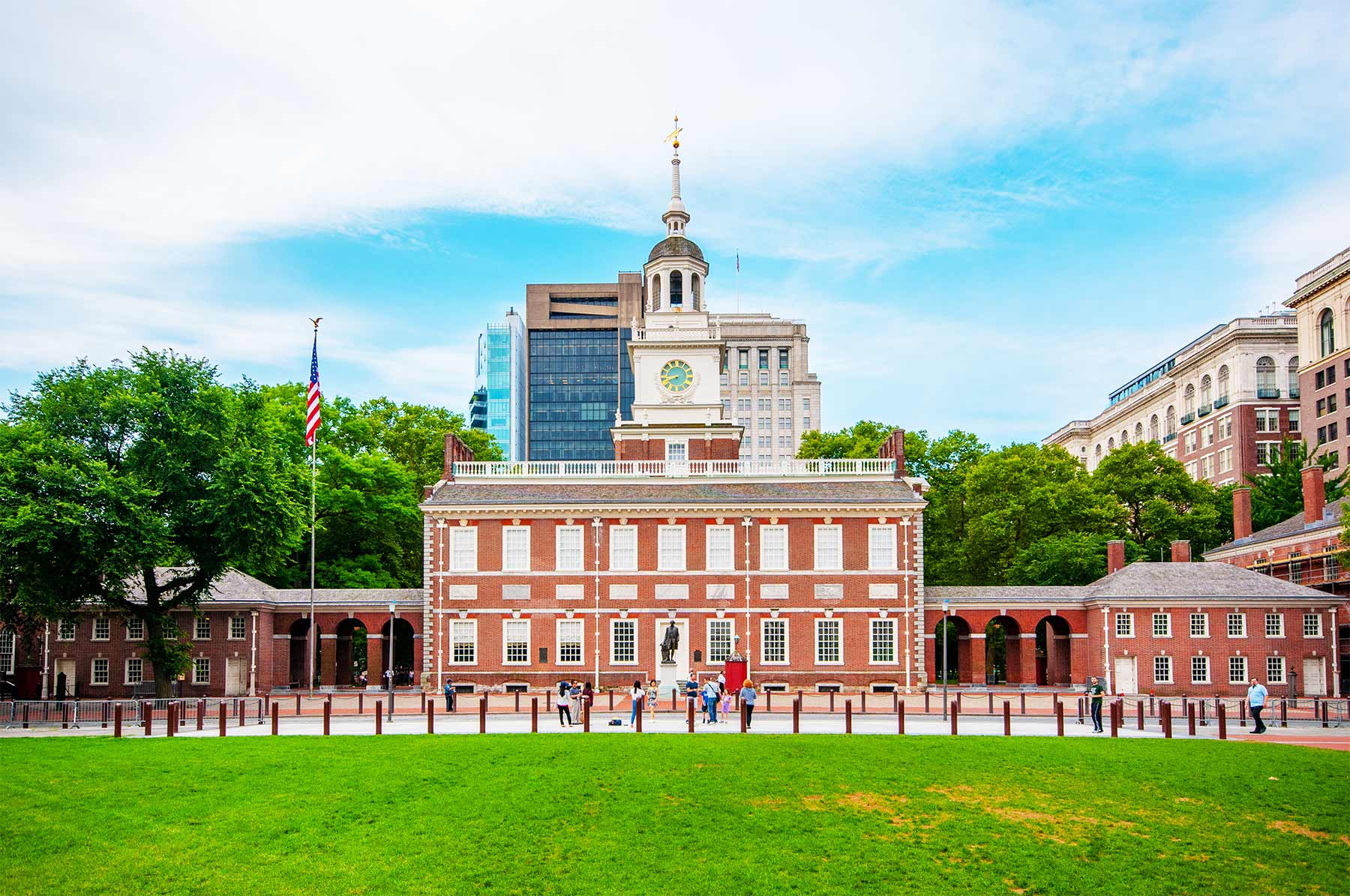
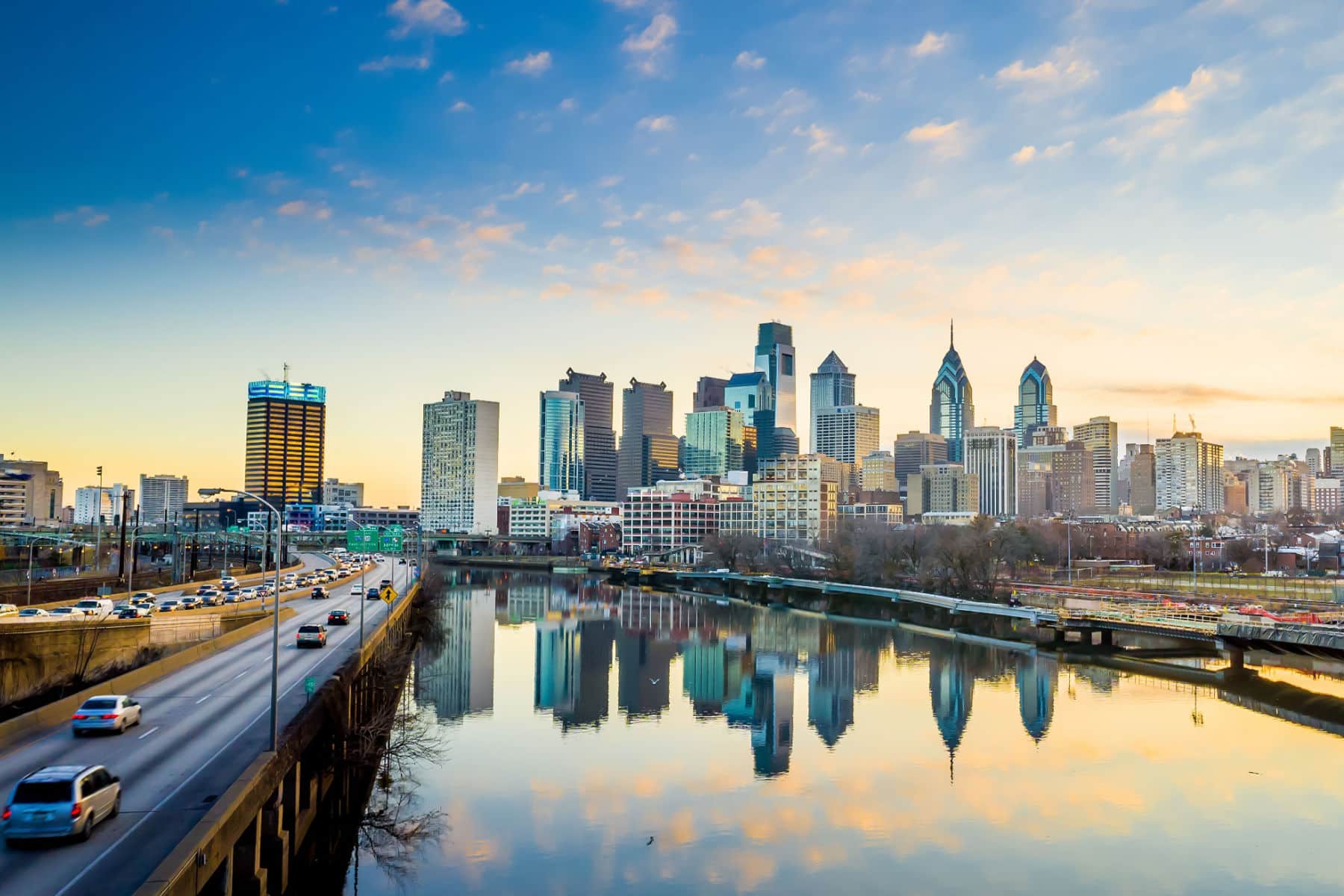
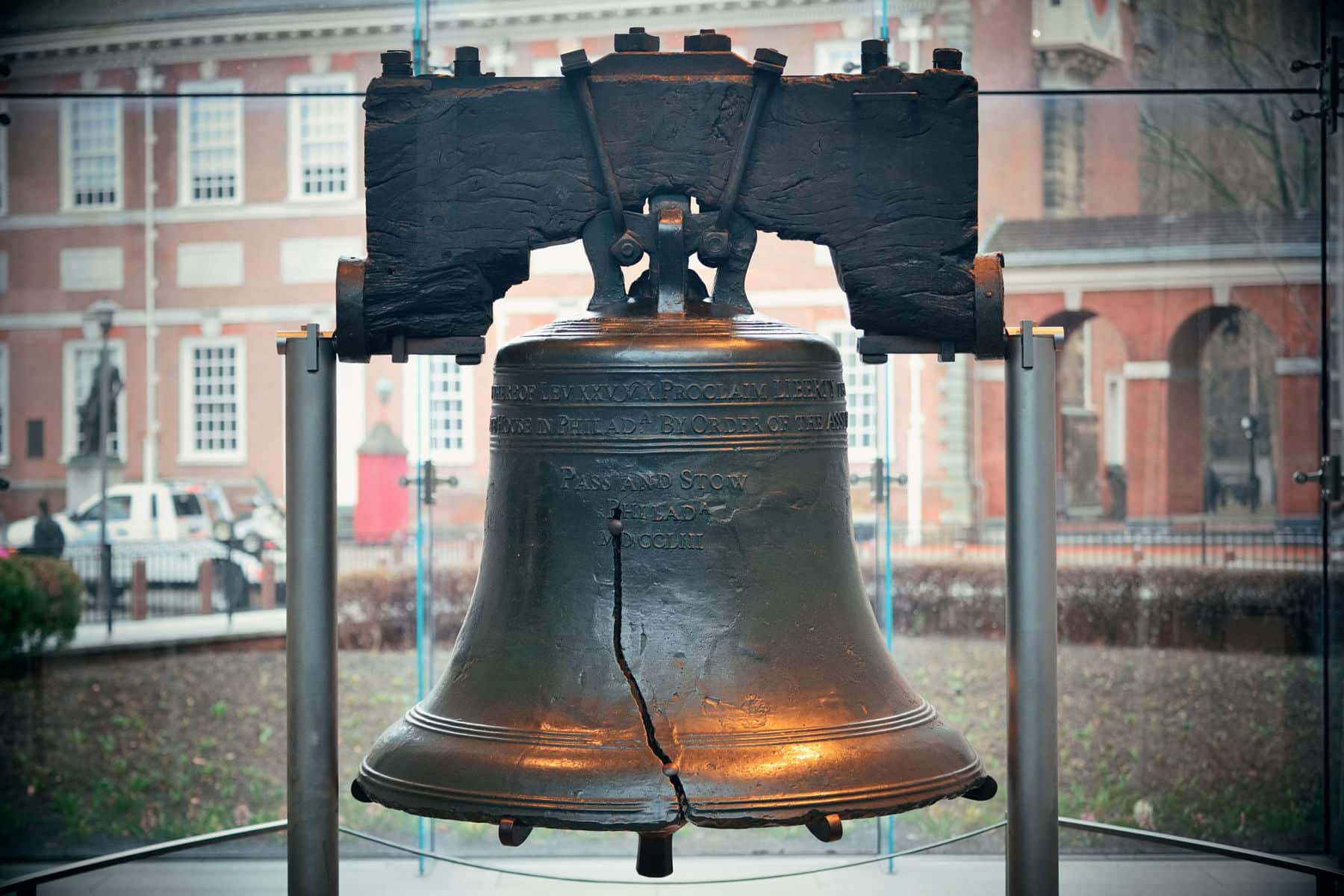
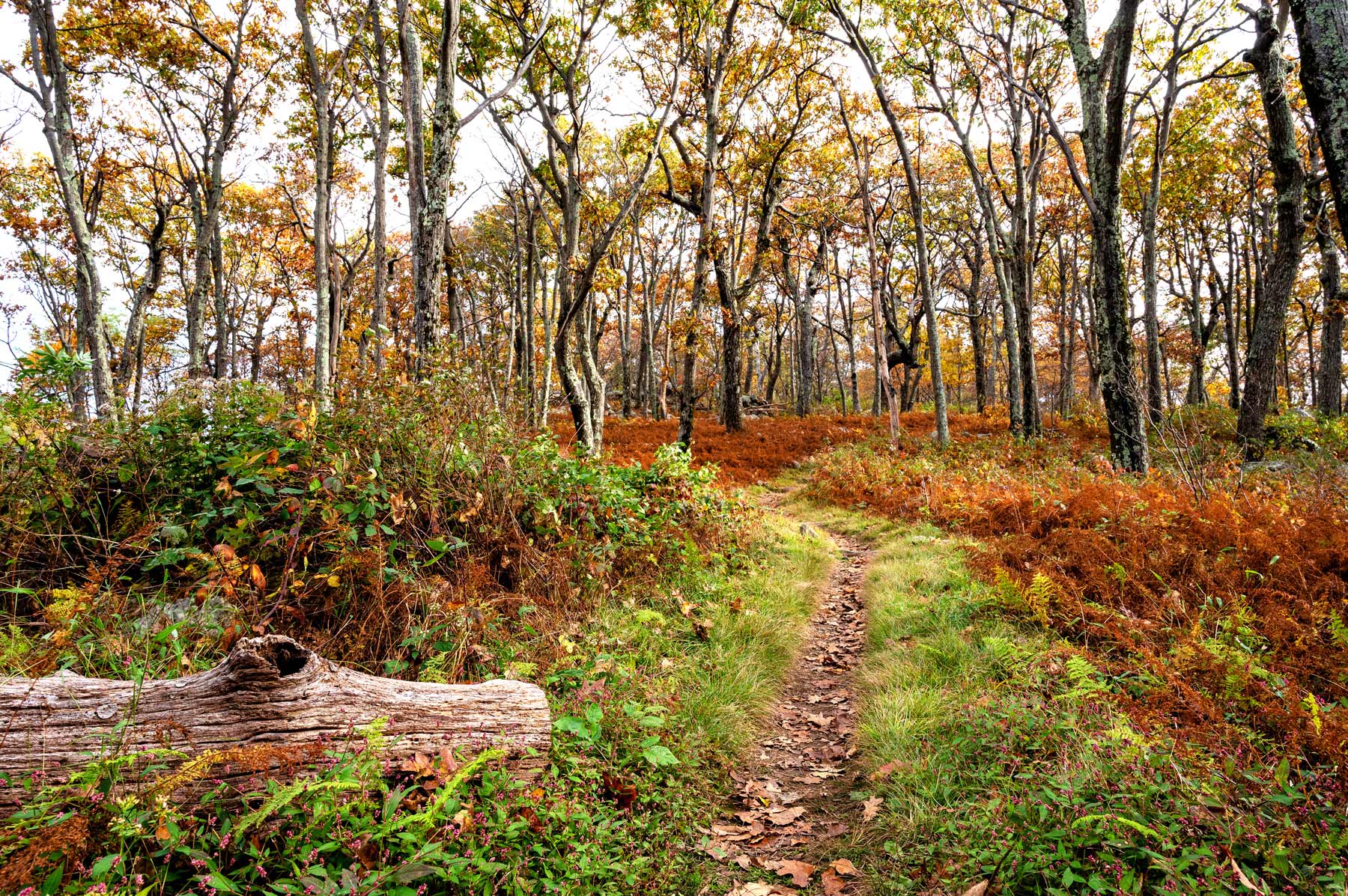
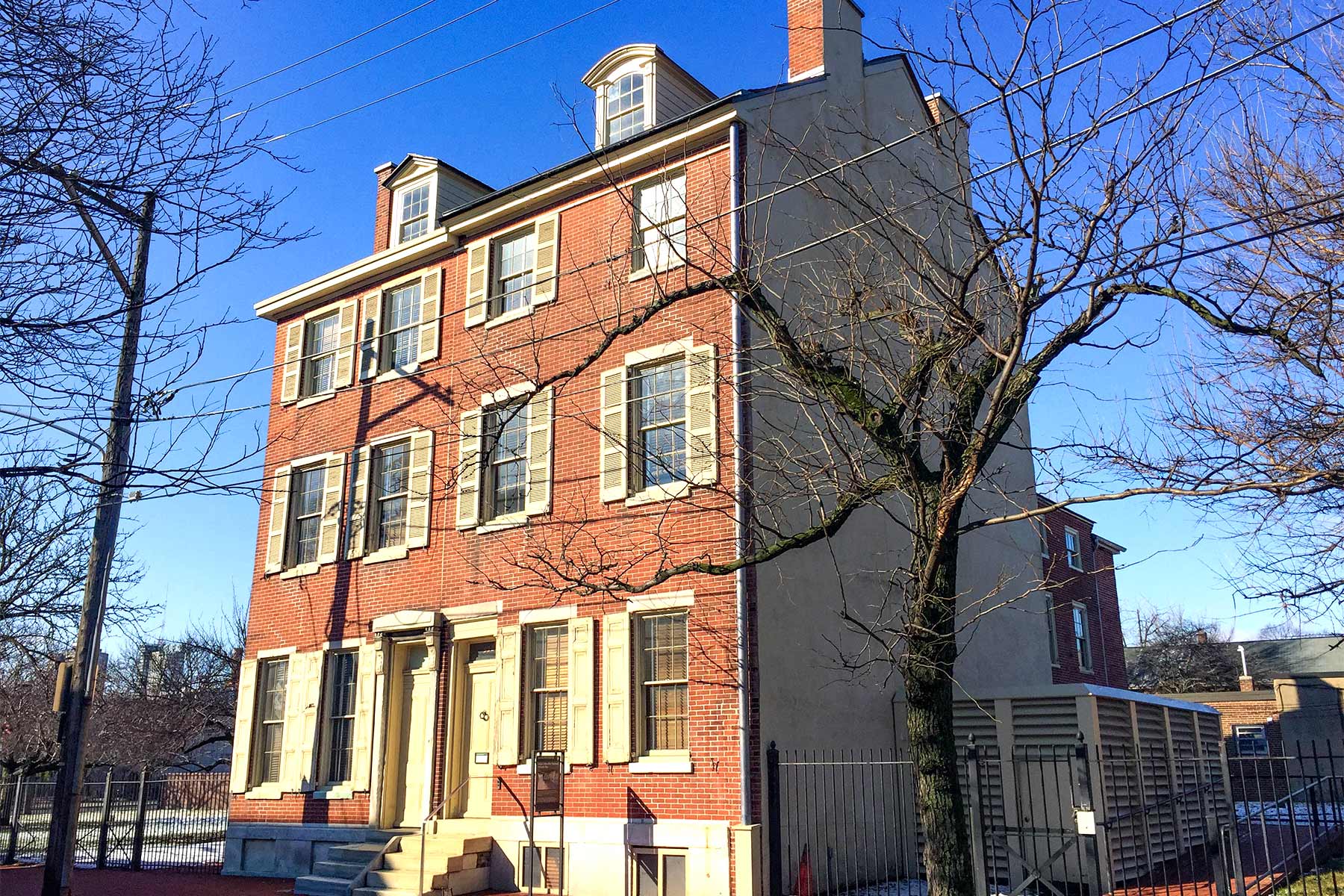
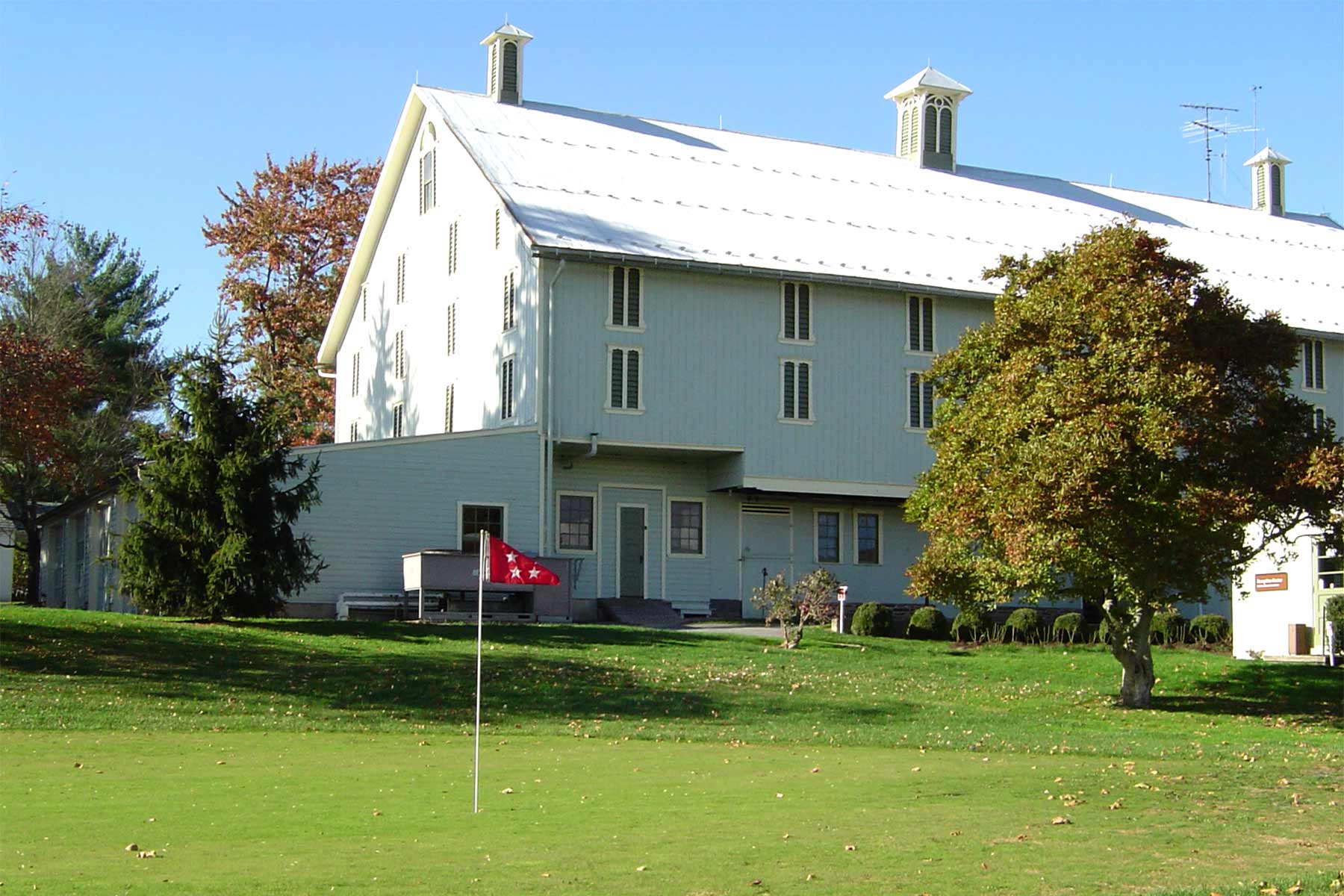
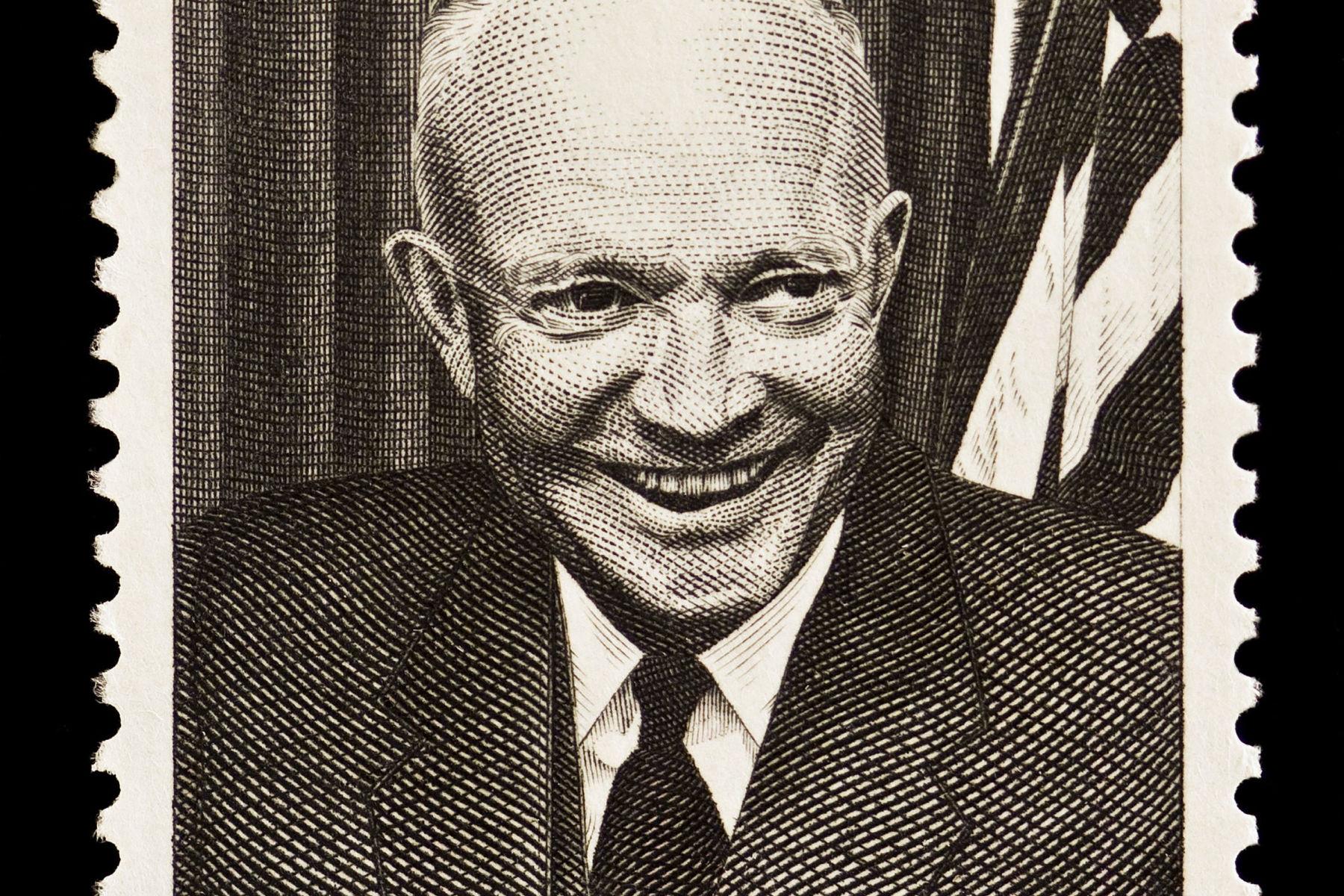
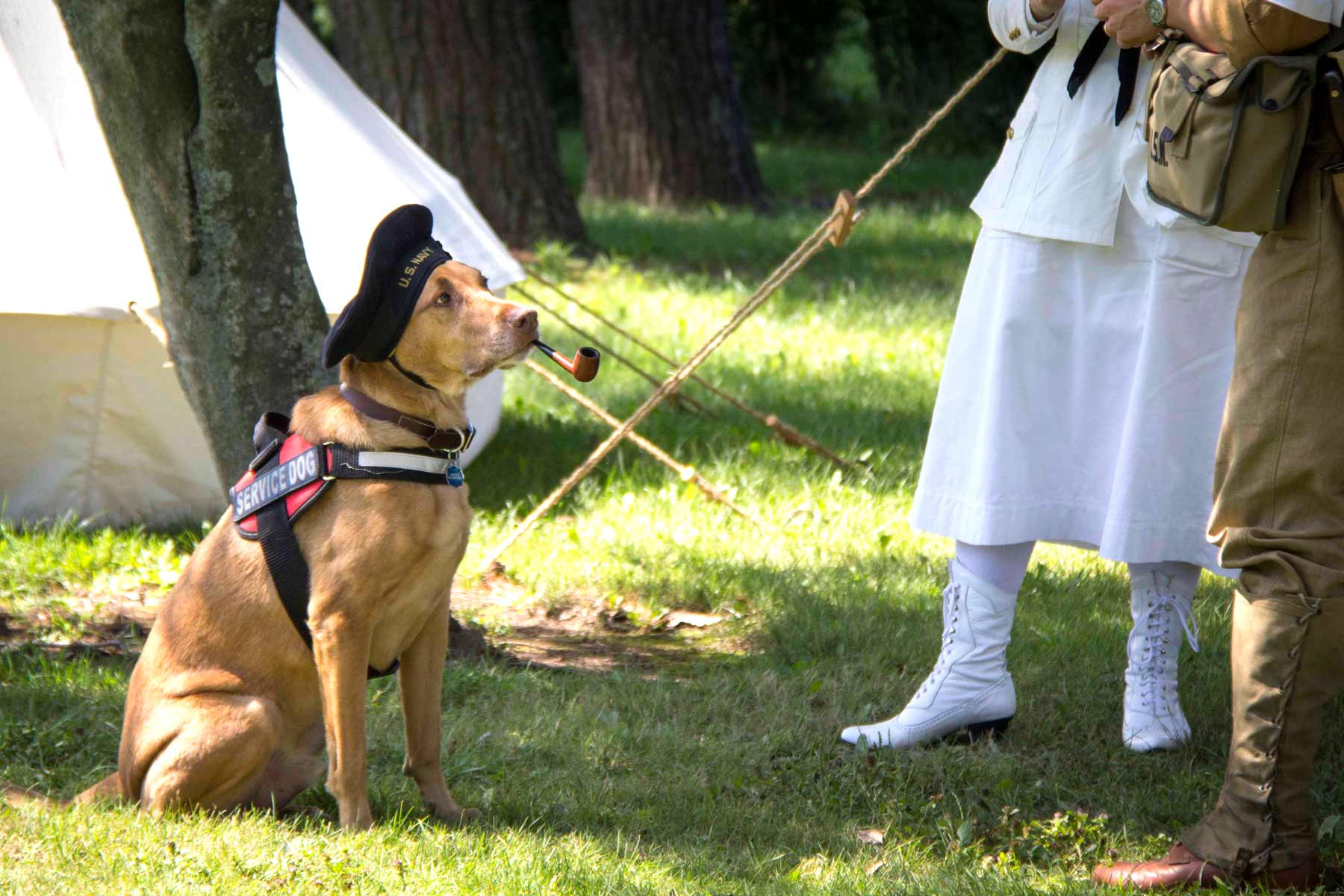
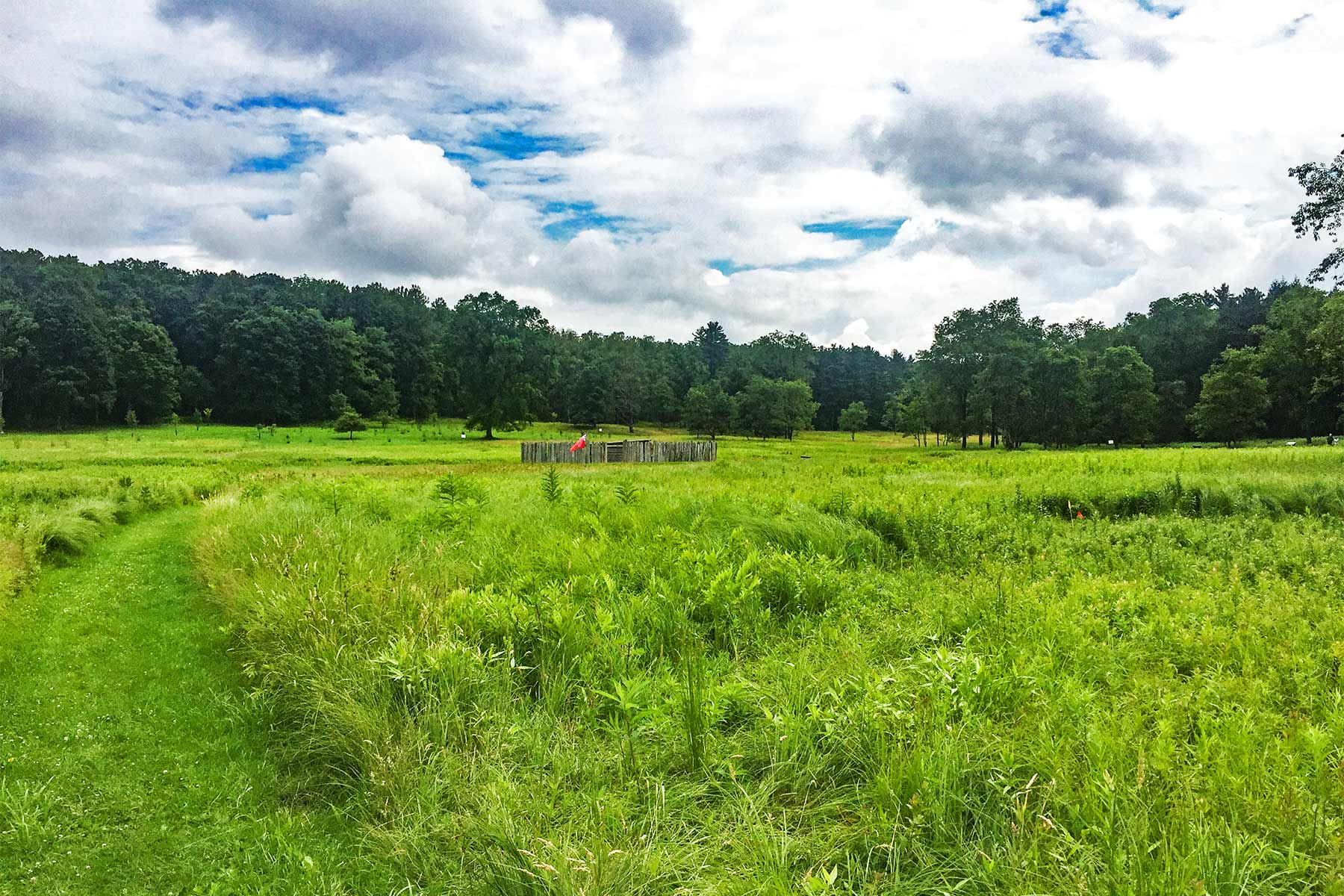


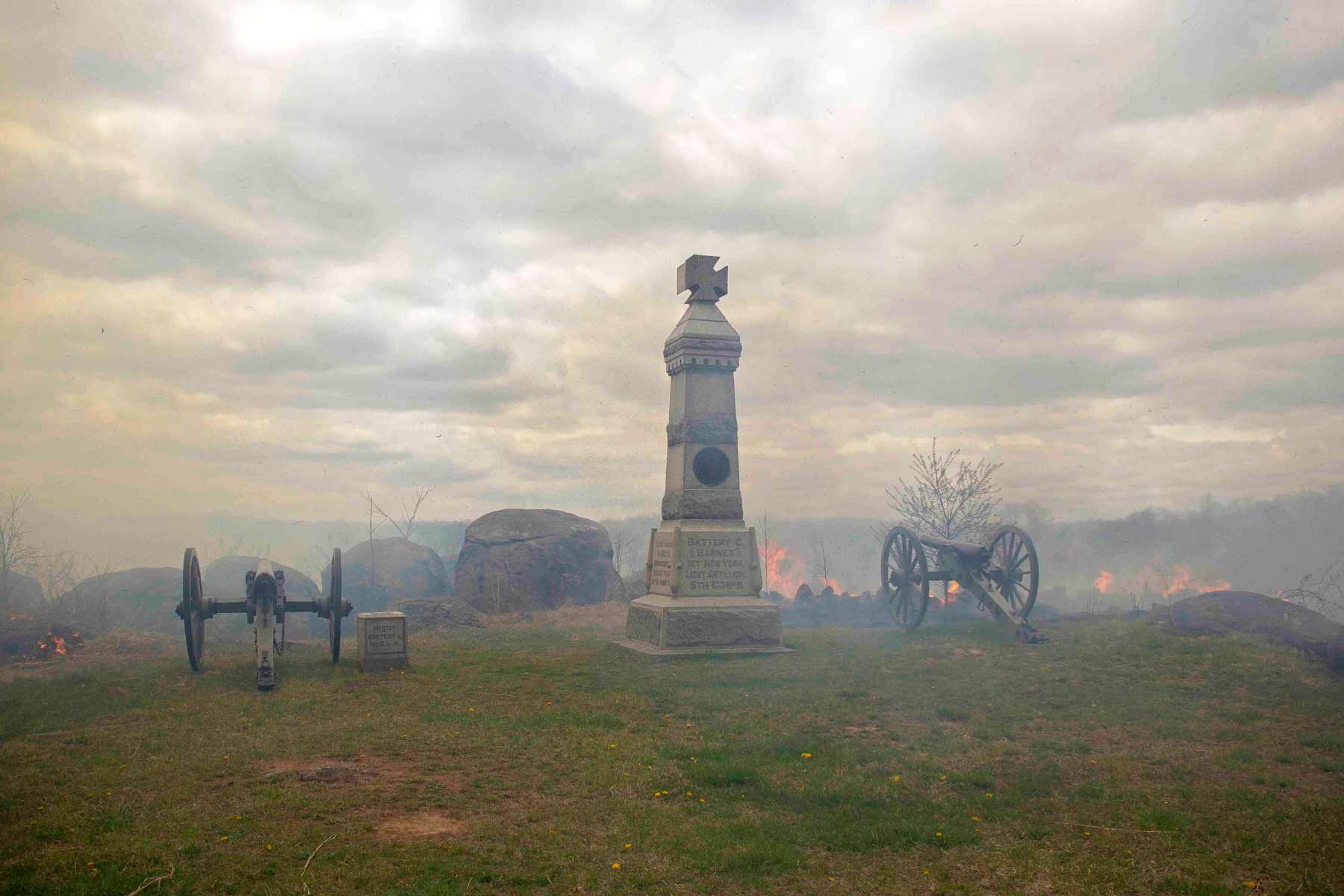
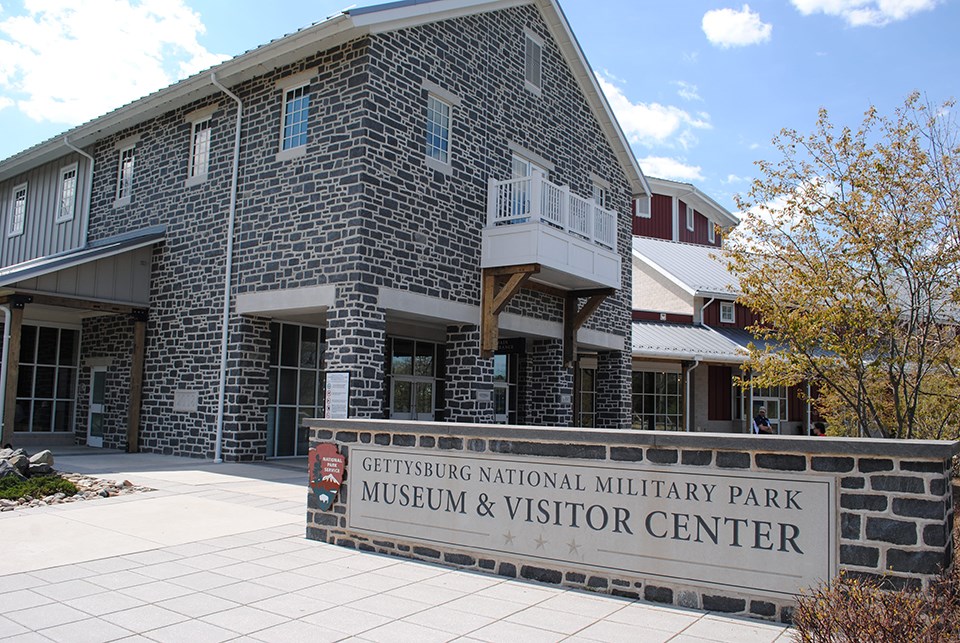
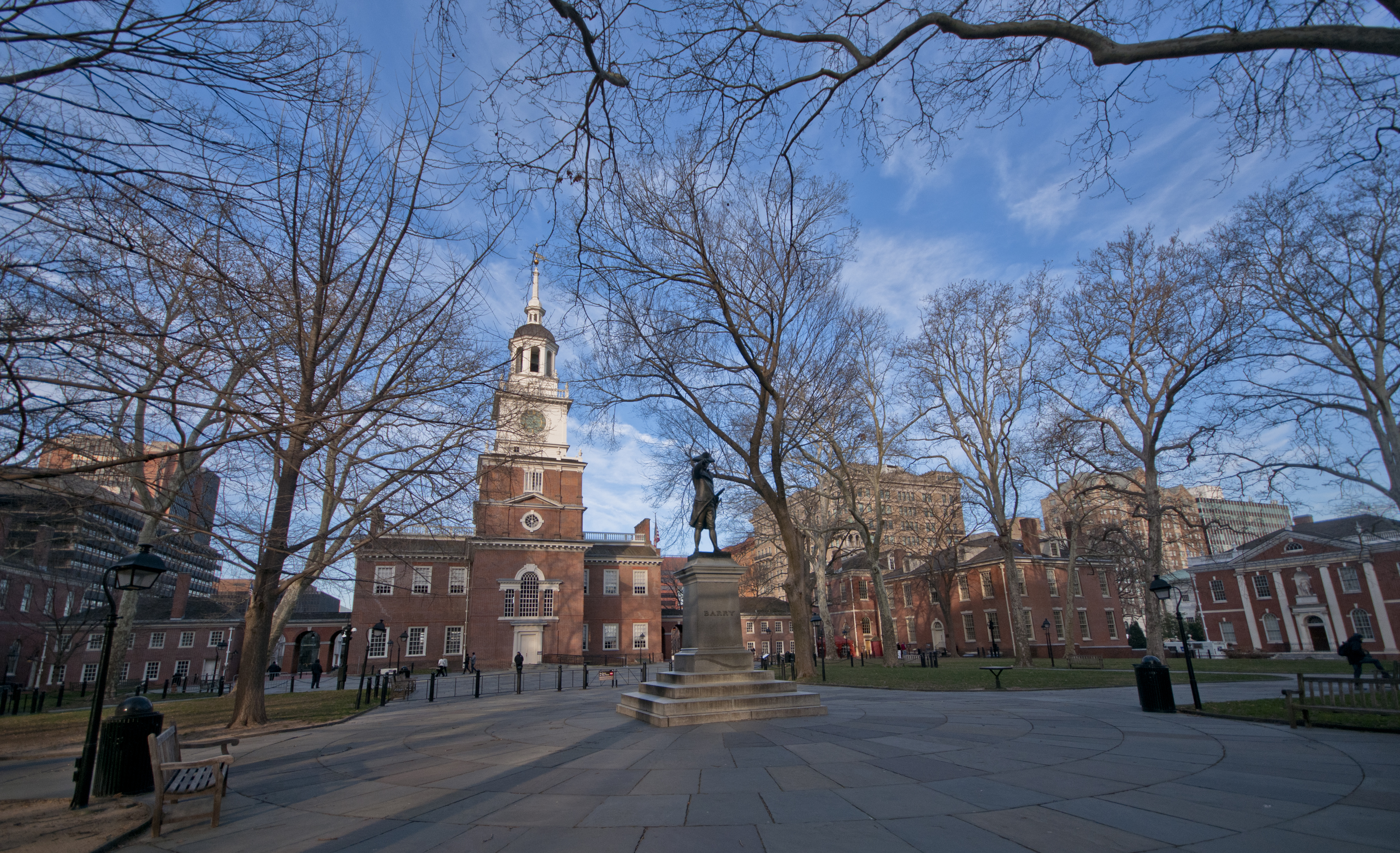
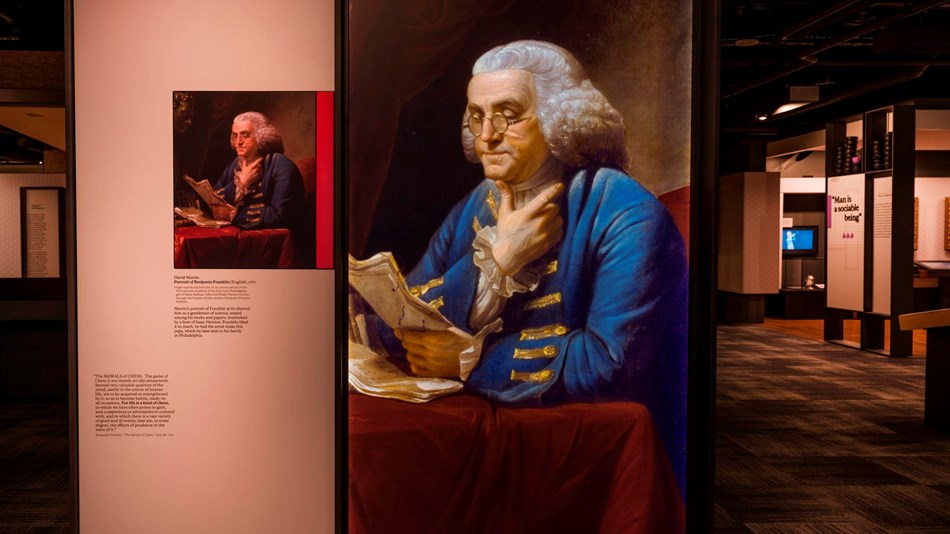

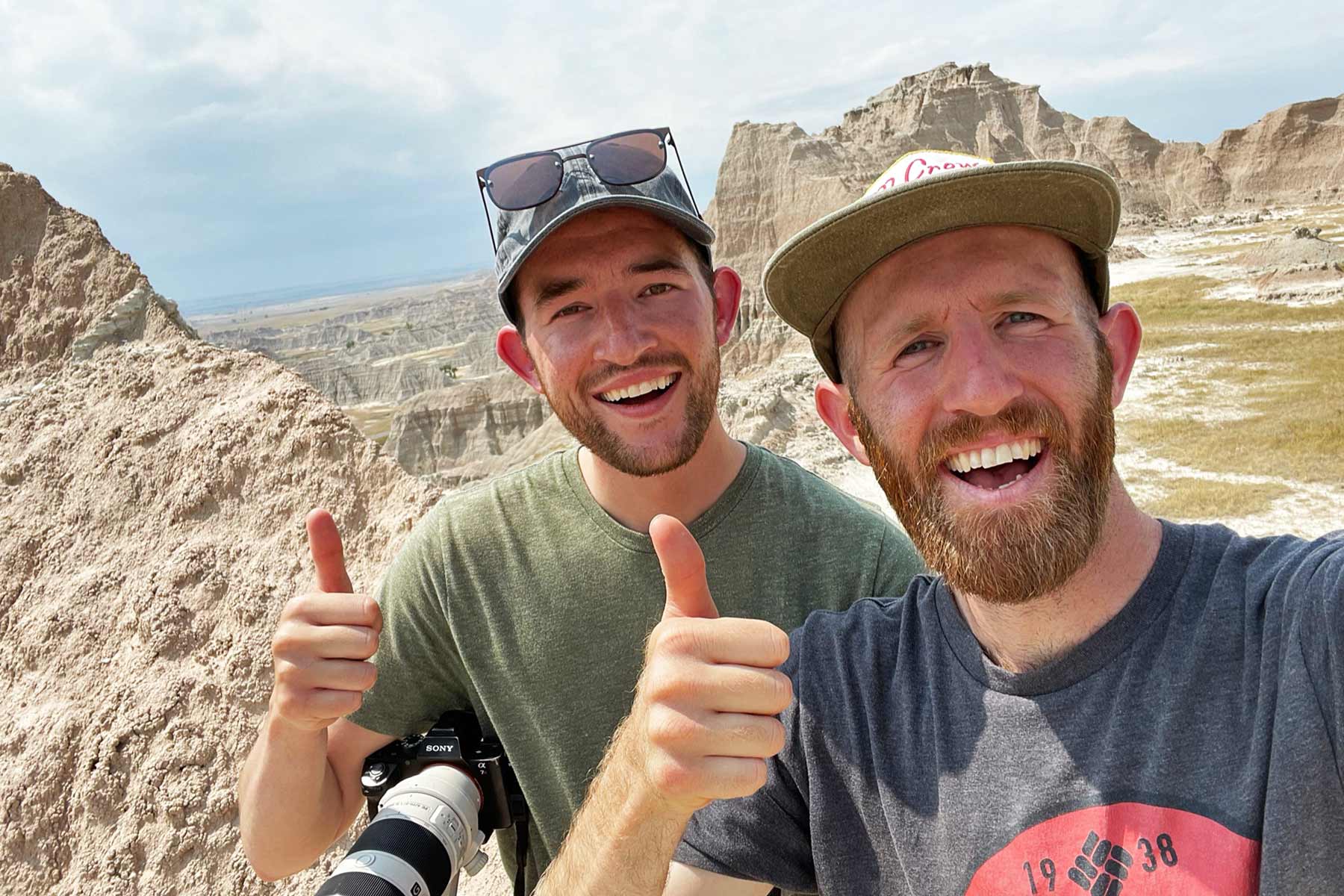
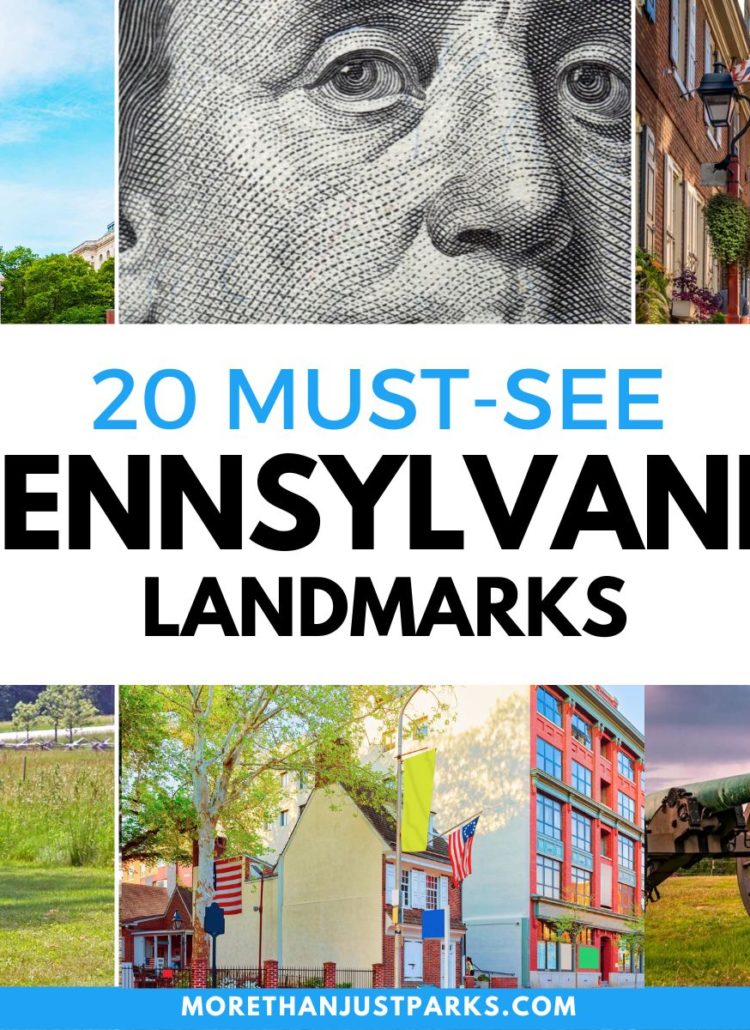
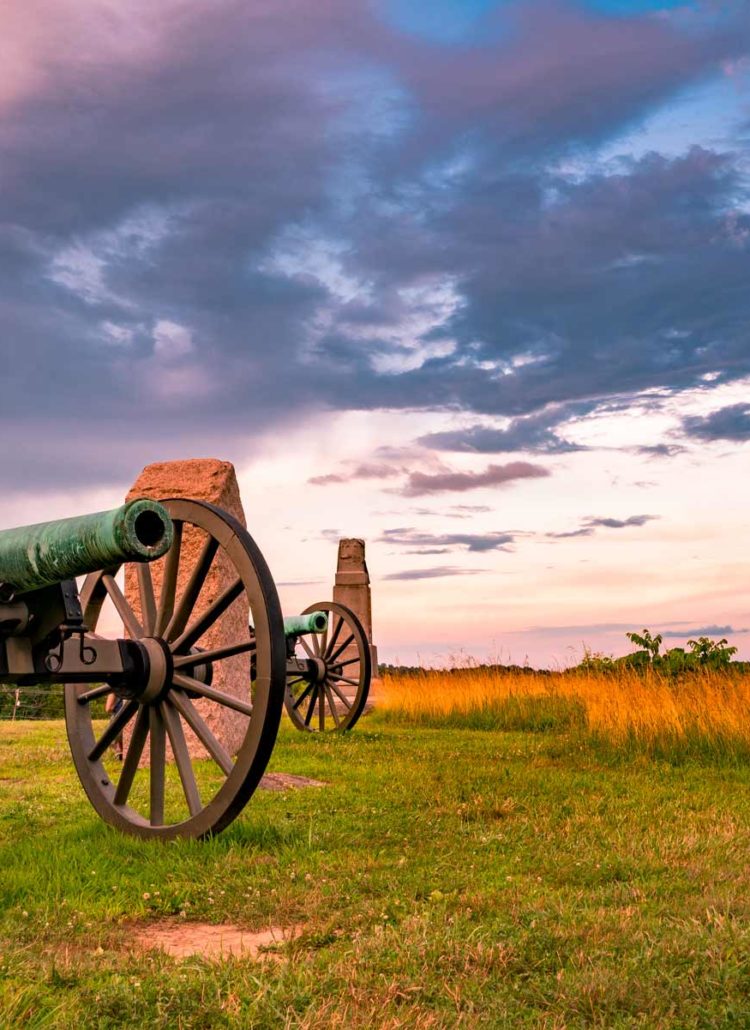



Leave a Reply